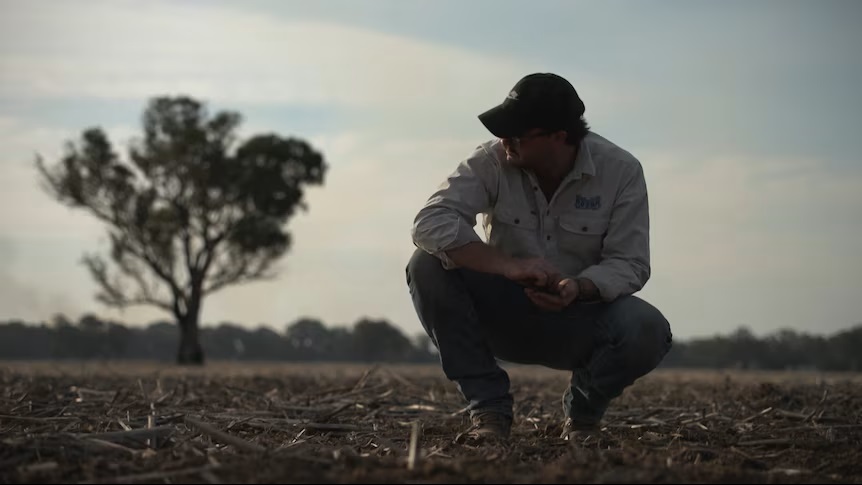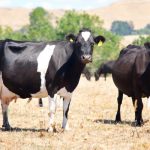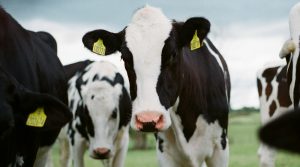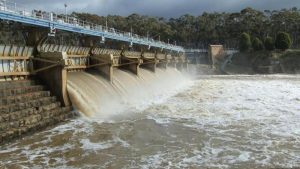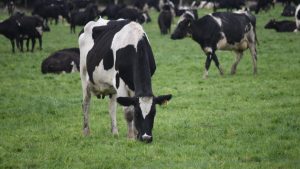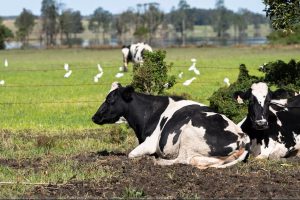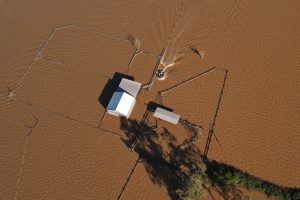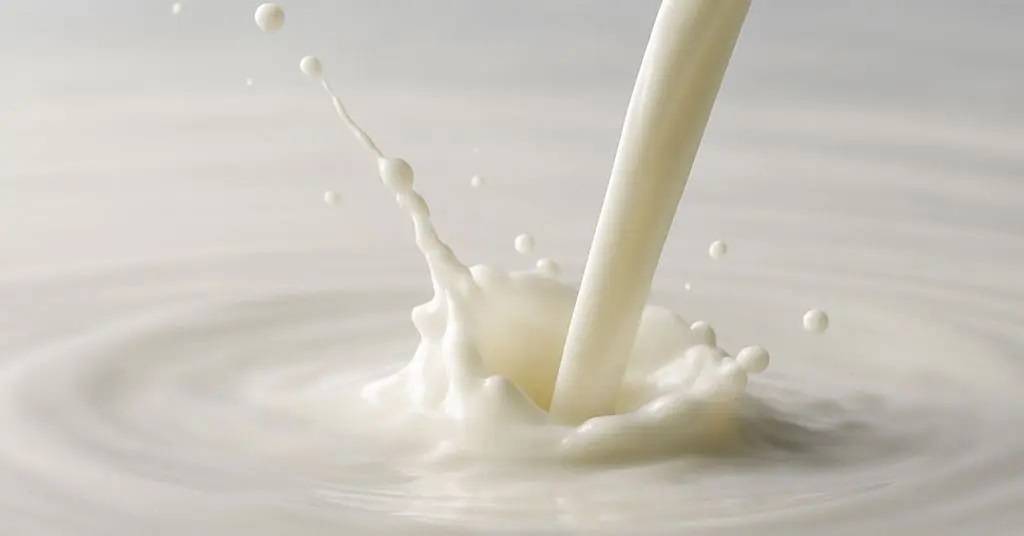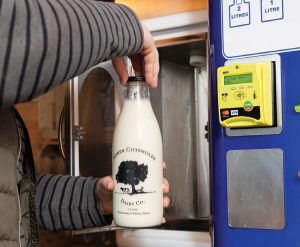
Collapsing productivity on Australian farms has left a once world-leading sector at risk of being left behind by international competitors.
Annual farm productivity today is just a quarter of what it was decades ago, prompting the national farming lobby to ring the alarm for a government-led policy overhaul, including changes to competition and workplace laws.
Productivity measures how efficiently inputs such as feed, fertiliser, fuel, labour, land and water are used to produce outputs like beef, grain, milk or wool.
Executive director at the Australian Bureau of Agricultural and Resource Economics and Sciences (ABARES), Jared Greenville, said the rate had fallen around 75 per cent from an annual rate of 2.2 per cent in the 1980s and 1990s.
“Farm productivity has slowed and the average rate’s about 0.6 per cent,” Dr Greenville told Landline.
Jared Greenville says increased mechanisation and deregulation supercharged Australian farm productivity before 2000. (ABC Landline)
“That’s put us back in relative terms to international competitors as they’re getting stronger productivity growth.
“They’re [just] starting from a lower base than we are.”
As the federal government’s commodity forecaster, ABARES has estimated the Australian farm sector will produce $91 billion of food, cotton and wool this year.
Australia has fallen behind its international competitors when it comes to making more from less. (Supplied: ABARES)
If that eventuated it would be one of the most valuable years for the farm sector, likely further driven by a big winter crop forecast to harvest almost 60 million tonnes.
The National Farmers’ Federation said despite the high forecast it expected the productivity slump would worsen.
NFF president David Jochinke claimed farmers were at the cutting edge of technology and “clever sustainable practices” but had been hampered by “poor policy, administrative burden, and green tape”.
The NFF used the productivity announcement to again call on the federal government to overturn a ban on live sheep exports, change competition laws, improve access to workers, and restrict transmission lines on farm land.
Call for wider implications to be considered
Katie McRobert from the Australian Farm Institute said innovation typically drove productivity.
That could include technological advances, increased research spending and improved infrastructure.
“Often our productivity is held back by a lack of really good infrastructure that can just enable the good flow of goods around a trading system,”
Ms McRobert said.
She cited a 2017 study that found if farmers had adequate phone and internet access they would contribute an extra $20 billion to the economy.
Katie McRobert says changes to farm policy should consider social and environmental impacts, not just productivity. (ABC Landline)
Ms McRobert said policy changes to drive productivity should also consider social, animal welfare and environmental impacts.
“Maybe a regional community doesn’t want to see all the farms in the region consolidate and become one big farm,” she said.
“As a society we need to step back a little bit from pure productivity measures and think about what it is we want to incentivise and what the goals are that we’re seeking.”
Mechanisation drove productivity before 2000
Dr Greenville said Australian farming’s high productivity rate before the year 2000 was the envy of not only global competitors, but also other parts of the Australian economy.
It was driven by increased mechanisation — such as switching to larger tractors and rotary dairies — and major changes to trade rules such as deregulation.
Simon Scowen’s NSW dairy farm milks 800 cows a day. (ABC Landline)
“We saw producers shift out of wool production and we saw the sheep flock fall from over 120 million to about 70 million that we see today, and a massive shift of those operations into cropping,” Dr Greenville said.
“The cropping industry became more productive as it could grow in terms of the scale of production.”
As a mixed farmer from north-east Victoria, the productivity slump prompted a mixed response from fifth-generation farmer James Russell.
“It does surprise me a little bit as a grain grower. It doesn’t surprise me as much as a sheep producer,” Mr Russell said.
Victorian farmer James Russell says the cost of growing crops and raising sheep means farmers rely on high returns. (ABC Landline)
“We’ve seen huge upticks in technology [in] our ability to grow a crop bigger and better.
“In the sheep industry, we still farm sheep in a very similar way than we did 20 years ago.
“We don’t actually get a return, it costs us money to get sheep shorn [this year].”
Cropping’s annual productivity rate is sitting at 1.2 per cent, compared to 0.5 per cent for sheep, which has been plagued by low production and prices.
Dairy productivity shows two-speed industry
Despite an annual productivity rate of almost 2 per cent in the 40 years before 2010, dairying’s productivity rate has dropped away to basically zero.
But ABARES said the sector is largely a two-speed industry, with some dairy farmers faring much better than others.
Simon Scowen started farming 30 years ago, milking 80 cows on a farm near Bega. (Supplied)
One of those driving up the sector’s productivity is Simon Scowen, who now farms at Manningham on the New South Wales Mid North Coast.
This year Mr Scowen has built a large shed for his 800 milking cows.
With easy access to mixed feed rations, shelter, fans and sprinklers, in the first few months since moving into the shed he said milk production jumped by 20 per cent.
“Those that have been doing it for a couple of years in Australia, that we’ve gone and had a look at, they range from a 30 to 40 per cent increase in cow production by putting them in this facility,” Mr Scowen said.
Dairy Australia says seven per cent of the milk produced in Australia comes from cows housed in a shed.
That figure is expected to increase.
You can now read the most important #news on #eDairyNews #Whatsapp channels!!!
🇺🇸 eDairy News INGLÊS: https://whatsapp.com/channel/0029VaKsjzGDTkJyIN6hcP1K
